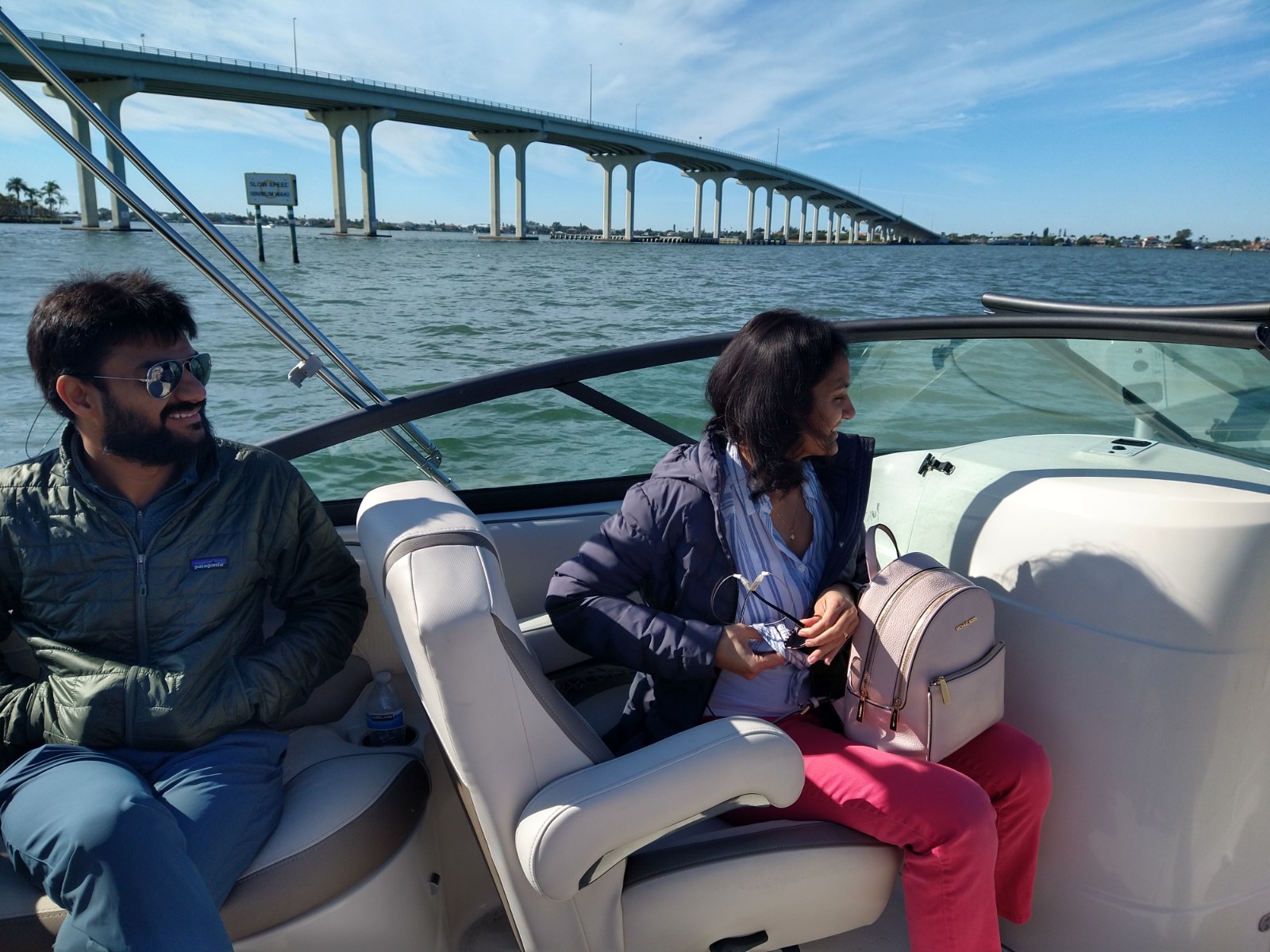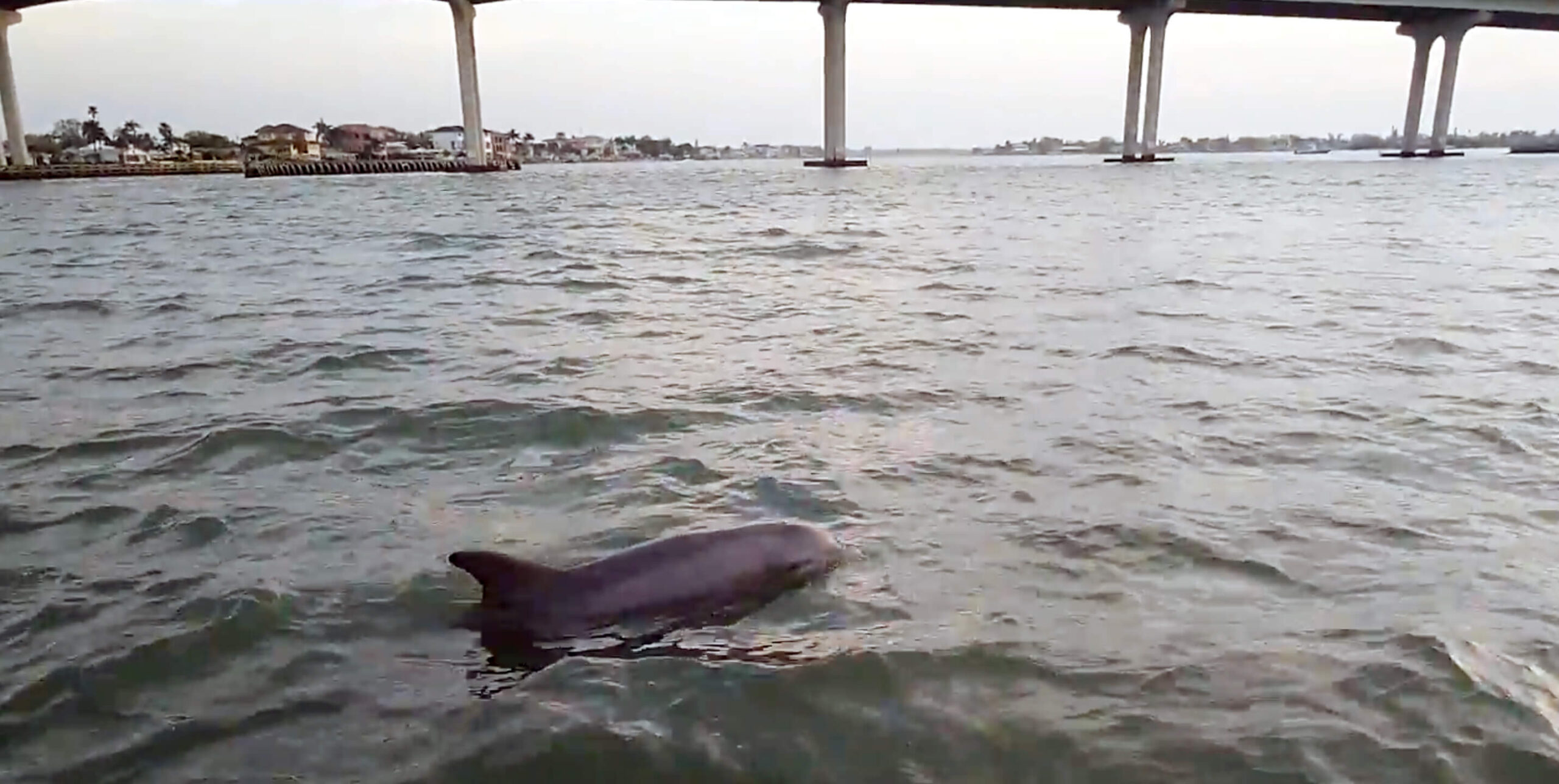Exploring the Gulf of Mexico’s Rhythmic Dance

The Earth’s oceans are home to one of nature’s most captivating phenomena: tides. These rhythmic movements of the sea have fascinated humans for centuries. But, what’s behind these movements? Join us as we dive into the science behind tides and explore how they shape the unique coastal ecosystem of the Gulf.
How Do Tides Actually Work?
Tides are the result of gravitational forces between the Earth, the moon, and the sun. The moon exerts a stronger gravitational pull on Earth compared to the sun because it’s closer. This gravitational force creates two tidal bulges on opposite sides of the Earth. One faces the moon while the other is opposite. As the Earth rotates, different coastal regions experience these tidal bulges, resulting in the ebb and flow of tides.
Tides and the Gulf of Mexico
The Gulf of Mexico is an expansive body of water that experiences tides like any other oceanic region. However, the unique shape and geographical features of the Gulf make it even more interesting when it comes to tides. The Gulf of Mexico is semi-enclosed, surrounded by land on three sides and connected to the Atlantic Ocean through the Florida Straits. This partially enclosed nature influences the behavior of tides within the Gulf.
The Gulf of Mexico experiences a relatively low tidal range compared to some other parts of the world. The tidal range in the Gulf typically varies between 0.5 to 2 meters (1.5 to 6.5 feet) depending on the specific location. This relatively small tidal range compared to other parts of the world.
Tidal Patterns: The Gulf of Mexico follows a mixed semidiurnal tidal pattern. This means that it experiences two high tides and two low tides each day, with differing heights. However, the magnitude and timing of these tides can vary along the coastline due to local factors such as topography, shoreline irregularities, and the presence of estuaries and inlets.
Impacts on the Gulf’s Ecosystem: Tides play a crucial role in shaping the Gulf of Mexico’s unique coastal ecosystem. The ebb and flow of tides bring vital nutrients, sediments, and oxygen to the coastal areas, sustaining a diverse array of marine life. Mangrove forests, seagrass beds, and salt marshes, which are vital habitats for numerous species, rely on the ebb and flow of tides for their survival. Tidal movements also influence the distribution of plankton, which forms the base of the marine food web.
How Tides Impact Boating
As a private boat charter, we need to keep an eye on tides in the Intracoastal Waterway around the Clearwater beach area. This is because tides can get low enough to put boats in danger of hitting sand bars. So, each time we head out, we’re aware of the tides and if they are coming in (going into high tide) or going out (getting shallower). This helps us keep things safe for our guests.
If you’re ever in the Clearwater Beach area and would like to join us on our boat, book with us.








